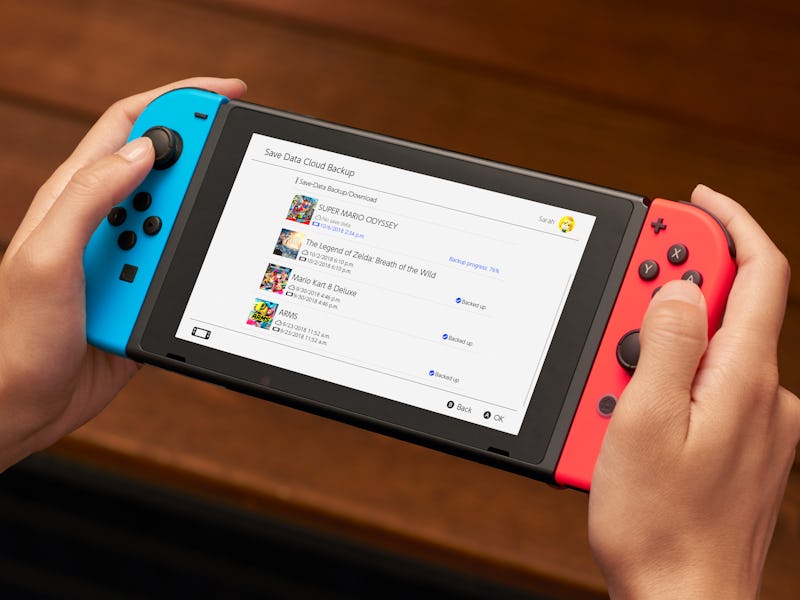Nintendo’s Fight Against eShop Clutter Could Catch Indie Games In The Crossfire
Nintendo cleaning house could have major drawbacks.

In the eight years between the original Nintendo Switch launch and in the introduction of the Switch 2, Nintendo has amassed an incredible, arguably sprawling library of games. Perhaps because it’s portable and cheaper than both the PlayStation 5 and the Xbox Series X, the Switch has also become the de facto best console for indie games alongside its exclusives. Now, in a firmware update paving the way for the launch of the Switch 2 in June, the Switch eShop is changing how it displays games, and it could have major unintended consequences for indies.
One of the big changes in the Nintendo Switch update comes to how the eShop sorts its best-seller charts. Before, the eShop displayed games in order or how many downloads they’d received in the past 14 days. It’s a pretty sensible way to show which games are performing the best on the platform, but it also helped the proliferation of what’s sometimes called “eSlop” — low-effort titles, sometimes just clones of more popular games or games made with generative AI, sold at dirt-cheap prices. Since so many of them were designed to mimic better games and cost very little, they’d rack up downloads, sending them to the top of the charts and tricking even more people into buying them.
GVG lays out the changes that just hit the Nintendo Switch eShop.
As of now, that system has changed. Starting with its latest update, the eShop will show the games that have made the most money over the past three days first, as first spotted by YouTuber GVG. That means that despite how many copies they sell, slop titles that previously dominated the charts are nowhere near the top, since their low prices keep them from bringing in as much money as games that cost many times as much. The problem of scam or low-effort eShop titles is a major issue on this Switch, so in some ways, the change is welcome, but legitimate games are being affected as well.
As GVG shows, the chart has few indie games or slop titles — only Stardew Valley manages to crack the first 25 games on the list. For a platform that’s become the favorite of indie game fans over the years, it seems particularly disappointing that Nintendo is electing to shift to a ranking that, however unintentionally, hides many of the games that players come to the console for. It’s especially so when the problem of slop titles has been well known for years and Nintendo has done nothing to clear them out. The eShop’s recent releases tab remains overrun with asset flips and copycat titles as well, crowding out indies and blockbuster games alike.
All but the most popular indie games are being deprioritized in the new eShop rankings.
However, indies aren’t becoming totally invisible in the Nintendo Switch’s chart. A second tab on the charts page is dedicated to download-only titles, which is heavily weighted toward indie games, which are much more likely to receive digital releases without a physical option. That’s not really a solution, given that plenty of larger games are also only available as downloads, but it at least gives a handful of indie games a fighting chance at being seen above the flood of shovelware.
The Switch’s latest update does nothing to address the problem of the eShop’s extreme lag and overall lack of usability, and it’s still mixed when it comes to game discovery. The approach feels like two steps forward and one step back, cutting back on the amount of low-quality titles pushing legitimate games out while also changing the ordering of charts to favor more expensive games over cheaper ones, which are disproportionately indies.
Nintendo has announced some changes coming to the Switch 2’s eShop, like smoother scrolling and a new game discovery feature. However, it seems it will also feature the same half-measures of the original Switch’s eShop in combating the overwhelming number of games with AI-generated covers and asset flips. Pushing back against the growing number of slop releases on the eShop isn’t an easy task, but a method that also makes it harder for indie games to stand out while pushing full-priced games to the top can’t be the only answer — especially as rising game prices threaten to make the gulf between first-party games and indies even larger.